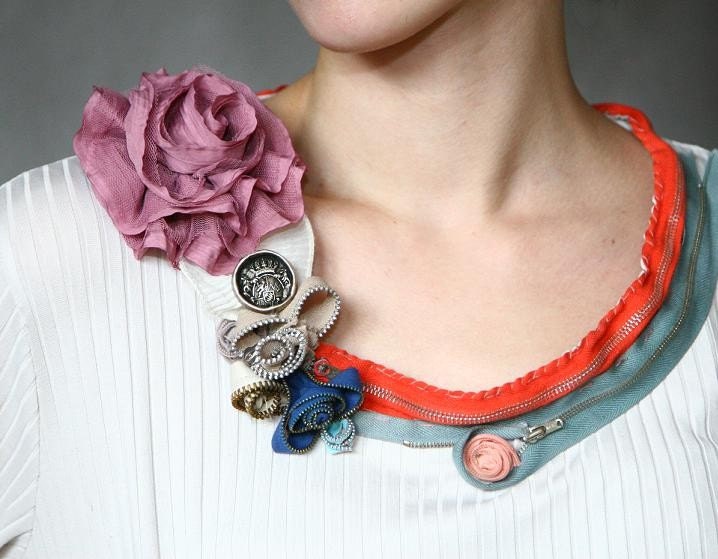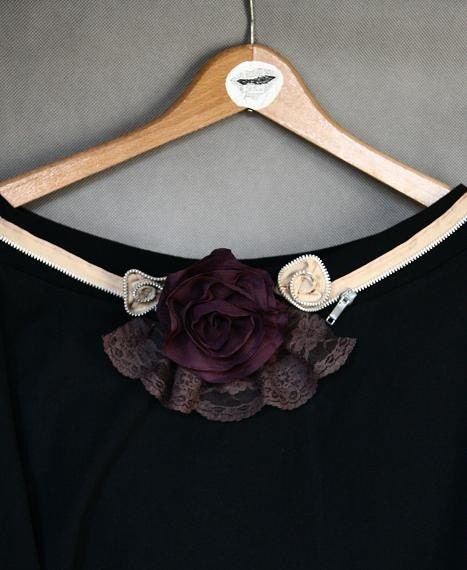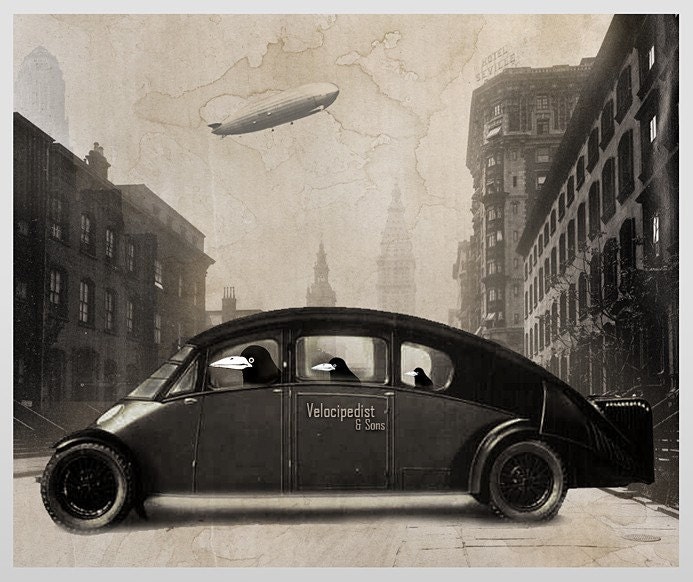
I was lucky enough to photograph this dress on my friend Daria who visited me with her fiance yesterday morning. She is so pretty and my dress looks gorgeous on her!










Tomorrow I'm going to learn how to make zipper flowers. I'd like to make a dress from a vintage cotton or spandex and adorn it with zippers. I guess I'm hooked!




The city was only partly damaged in World War II. After 1965 most parts of the preserved old town with its precious town houses were demolished, the historical layout of a city was abolished and the city was rebuilt in modern forms.
My favourite districts and buildings are Tarninow (which is full of the Art Nouveau and Art Deco tenement houses and villas, as well as greenery, distinguishes itself as an exceptionally charming place) and the railway station designed byLudwig Mattheus.
From 1945 to 1990, during the Cold War, the headquarters of the Soviet forces in Poland, the so-called Northern Group of Forces, was located in the city. This fact had a strong influence on the life of the city. For much of the period, the city was divided into Polish and Soviet areas, with the latter closed to the public. These were first established in July 1945, when the Soviets forcibly ejected newly arrived Polish inhabitants from the parts of the city they wanted for their own use. The ejection was perceived by some as a particularly brutal action, and rumours circulated exaggerating its severity, though no evidence of anyone being killed in the course of it has come to light. In April 1946 city officials estimated that they were 16,700 Poles, 12,800 Germans, and 60,000 Russians in Legnica. The last Soviet units left the city in 1993.

Streamline Moderne, sometimes referred to by either name alone, was a late branch of the Art Deco design style. Its architectural style emphasized curving forms, long horizontal lines, and sometimes nautical elements (such as railings and porthole windows). It reached its height in 1937.
Please check out this website: http://www.decopix.com/ and Hugh Ferriss prints


© Copyright INSIDE STEAM MACHINE. All rights reserved.
Designed by FTL Wordpress Themes | Bloggerized by FalconHive.com
brought to you by Smashing Magazine